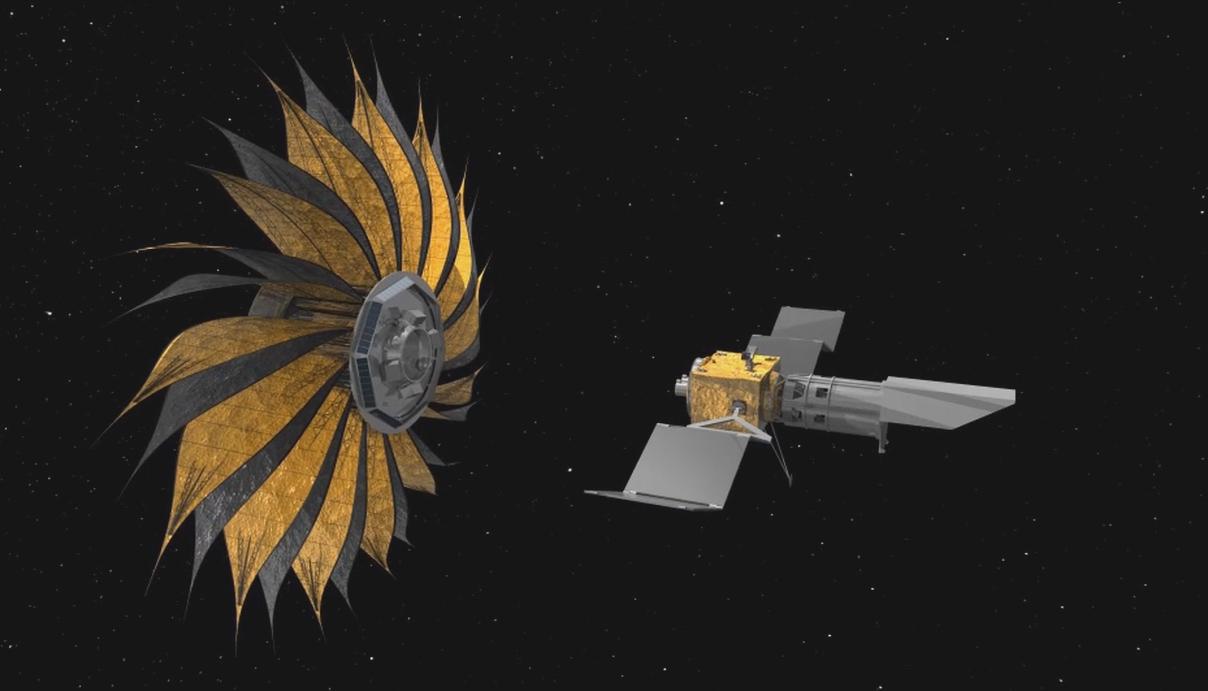Sacred and Secular: The Transformations of Love Across Centuries
Title: Sacred and Secular: The Transformations of Love across Centuries
Author: Fr. Wilson A. Jerusalem
I. Abstract
The evolution of the concept of love has been significantly influenced by the dynamic interplay between sacred and secular realms throughout history. This article examines the transformation of love from its roots in early Christian thought, through medieval theological debates, to its representation in contemporary literature and music. Utilizing sources from Catholic Church documents, writings of the Church Fathers, canon law, and various scholarly works, this study aims to provide a comprehensive understanding of how love has been perceived, articulated, and practiced across different eras.
II. Introduction
The dichotomy between sacred and secular love has been a persistent theme in Western intellectual history. From the early Christian emphasis on agape (divine love) to the courtly love tradition of the medieval period and beyond, the conception of love has undergone significant transformations. This article explores these changes by examining theological, philosophical, and literary texts, highlighting the enduring influence of religious thought on secular expressions of love.
III. Historical Context
1. Early Christian Thought
The early Christian conception of love was heavily influenced by the teachings of Jesus and the writings of the Apostles. Agape, a selfless, sacrificial love, was considered the highest form of love, reflecting the love of God for humanity. Church Fathers such as Augustine elaborated on this concept, distinguishing it from eros (romantic love) and philia (brotherly love). Augustine's "Confessions" and "City of God" provide profound insights into the nature of divine love and its implications for human relationships (Augustine, 1991, 2003).
2. Medieval Theological Debates
During the medieval period, the nature of love was further explored through the lens of courtly love and religious devotion. The works of Marie de France, particularly her lais, juxtapose secular romantic love with divine love, often highlighting the imperfections of human love in contrast to the perfect love of God. Marie's use of biblical motifs underscores the moral and spiritual dimensions of her narratives (Kooienga, 2018).
Medieval theologians such as Thomas Aquinas and Bernard of Clairvaux also contributed to the discourse on love. Aquinas' "Summa Theologica" discusses love (caritas) as a virtue, while Bernard's "Sermons on the Song of Songs" explores the mystical union between the soul and God, often employing the language of romantic love to describe spiritual experiences (Aquinas, 1947; Bernard of Clairvaux, 1980).
3. Canon Law and Ecclesiastical Texts
Canon law and ecclesiastical documents have also shaped the understanding of love, particularly in the context of marriage and sexuality. The Decretum Gratiani, a foundational text in the development of canon law, addresses the sacramental nature of marriage and the regulation of sexual conduct within the framework of Christian morality. These legal texts reflect the Church's efforts to integrate theological principles with practical concerns about human relationships and social order (Eldevik, 2021).
IV. Modern Perspectives
1. Literature and Music
In contemporary literature and music, the themes of sacred and secular love continue to resonate. The Louvin Brothers, for instance, blend sacred and secular themes in their music, illustrating how religious and romantic love can coexist and inform each other. Their songs often explore themes of love, acceptance, and rejection, bridging the gap between the spiritual and the earthly (Porchak, 2020).
2. Theological Reflections
Modern theologians and scholars continue to reflect on the nature of love in a changing cultural landscape. The Second Vatican Council's documents, such as "Gaudium et Spes," emphasize the importance of love in human relationships and social structures, advocating for a holistic understanding that integrates spiritual and temporal dimensions (Vatican II, 1965).
V. Conclusion
The transformations of love across centuries reveal a complex interplay between sacred and secular realms. From early Christian teachings to medieval theological debates and modern literary and musical expressions, the concept of love has been shaped by religious thought and cultural practices. By examining these diverse sources, we gain a deeper appreciation for the multifaceted nature of love and its enduring significance in human life.
IV. References
Aquinas, T. (1947). *Summa Theologica*. Benziger Brothers.
Augustine, S. (1991). *Confessions* (H. Chadwick, Trans.). Oxford University Press.
Augustine, S. (2003). *City of God* (H. Bettenson, Trans.). Penguin Books.
Bernard of Clairvaux. (1980). *Sermons on the Song of Songs*. Cistercian Publications.
Eldevik, J. (2021). *The Sacred and The Profane in the Middle Ages*. Pomona College. Retrieved from https://commons.trincoll.edu
Kooienga, S. J. (2018). *Reaching the Sacred Through the Secular: Biblical Elements and the Superiority of Divine Love in Three of Marie de France’s Lais*. Master's thesis, Grand Valley State University. Retrieved from https://scholarworks.gvsu.edu/theses/895
Porchak, A. (2020). *“If I Could Only Win Your Love”: Lyrical Analysis of the Sacred and Secular Songs of the Louvin Brothers*. Master's thesis, East Tennessee State University. Retrieved from https://dc.etsu.edu/etd/3687
Vatican II. (1965). *Gaudium et Spes*. In A. Flannery (Ed.), *Vatican Council II: The Conciliar and Post Conciliar Documents* (pp. 903-1001). Liturgical Press.
What's Your Reaction?
 Like
0
Like
0
 Dislike
0
Dislike
0
 Love
0
Love
0
 Funny
0
Funny
0
 Angry
0
Angry
0
 Sad
0
Sad
0
 Wow
0
Wow
0






































































































